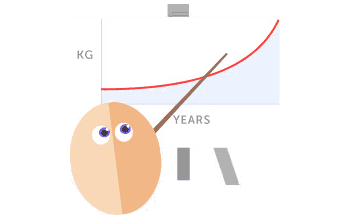Thanks to Ballerina I have now re-read Dr Malcolm Kendrick's views regarding the Cholesterol Myth, and it is mind-blowing stuff, considering how many prescriptions are handed out for statins. My GP dismissed my concerns when I first read the book.
My question, which I keep asking, is " how come our GP's don't read this stuff, and if they do, why do they not reflect it in their practice?'
As Dr Kendrick points out, it is because the whole bad science thing has just grown far too big, so it is easier to vilify supporters of the con, as equivalent to flat earthers.








